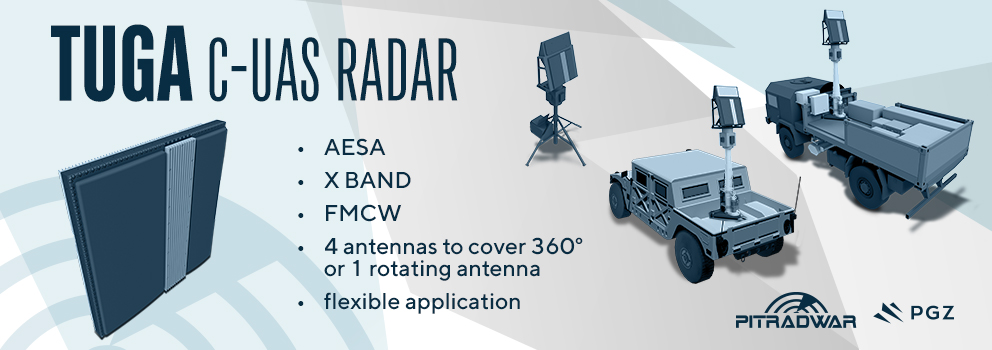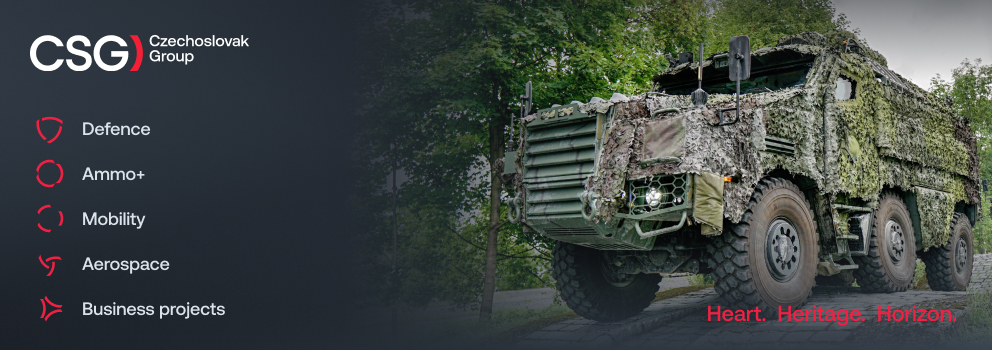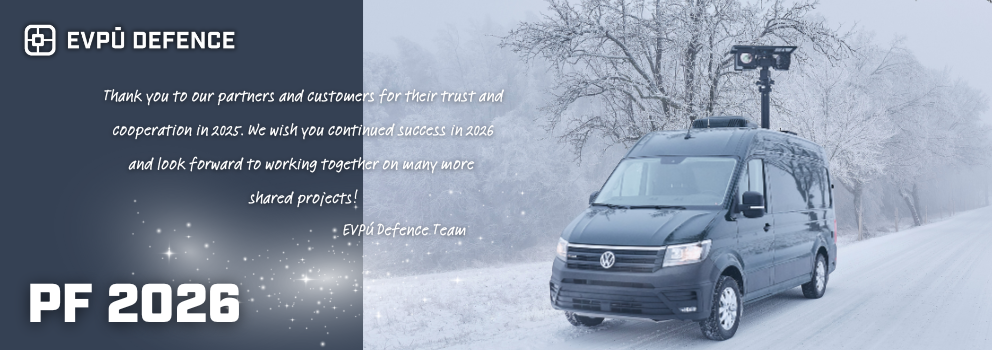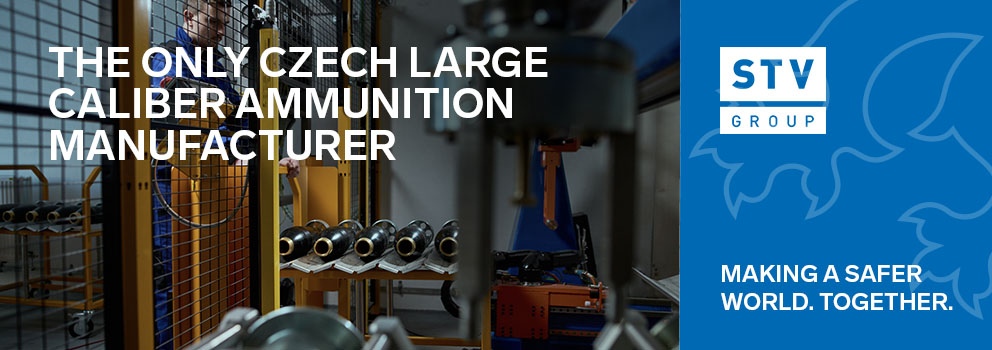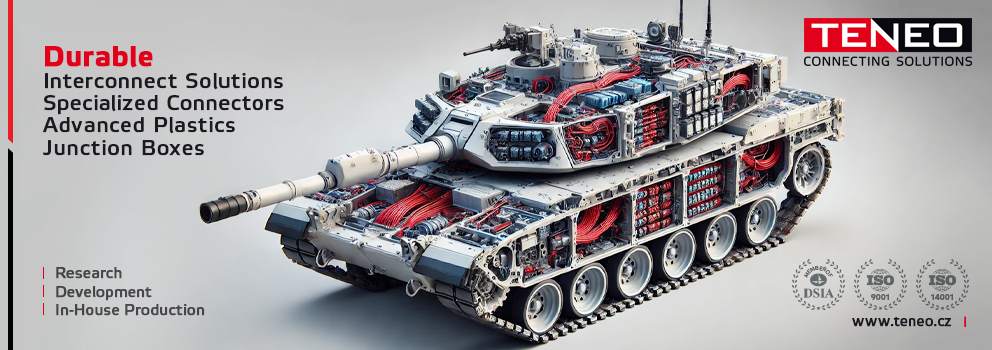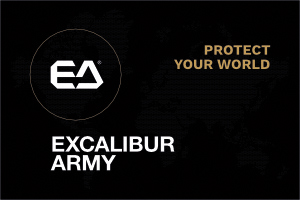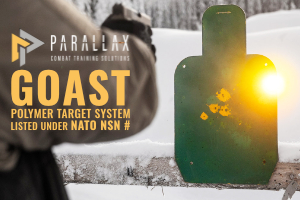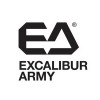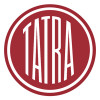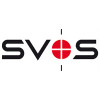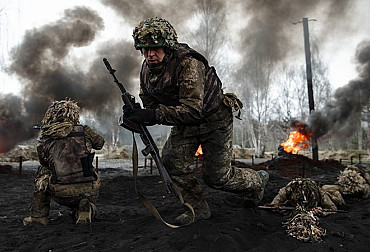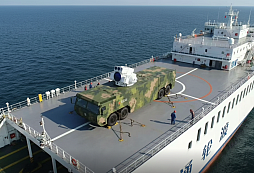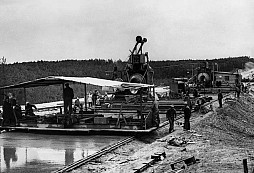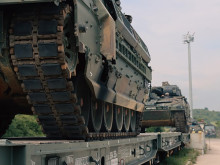ENOK on the rise: German special vehicles have also gained popularity among our elite soldiers from the 601st Special Forces Group
Against the backdrop of growing attention to national and alliance defense in Europe, the question of the future of mobility and protection for small units is emerging. As part of ongoing modernization processes, there is growing demand for light, rapidly deployable, and well-protected vehicles that can perform a wide range of tasks (patrolling, troop transport, special forces deployment). It is in this segment that the German company Armoured Car Systems is making a name for itself, with its ENOK vehicles becoming the standard in several European countries. In the Czech Republic, they have been favored by General Moravec's 601st Special Forces Group.
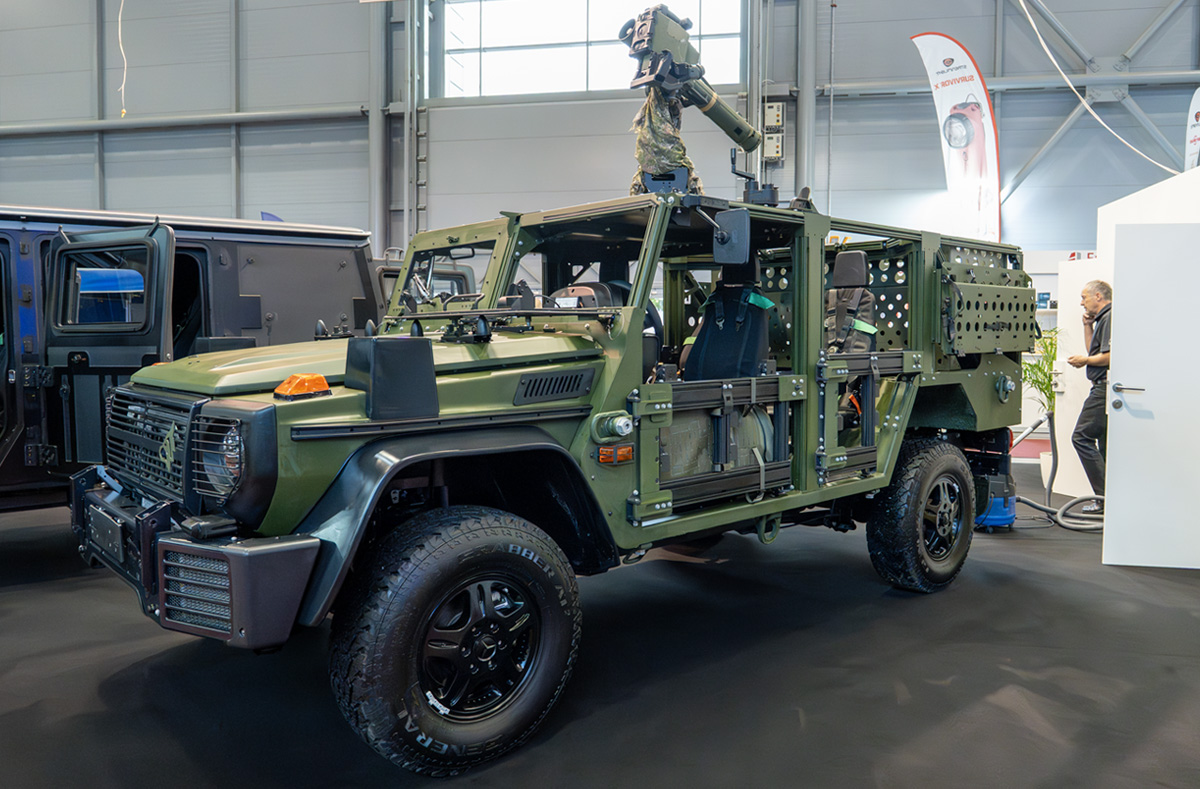
The story of Bavarian company Armoured Car Systems (ACS) shows how a medium-sized company can become a major supplier in the field of defense technology at the European level. Based in Derching, with a production area of over 9,000 m² (which can be further expanded), ACS has established itself as an agile, innovative, and certified player in the production of light armored vehicles. Although it retains the character of a smaller company, it has renowned certifications such as IATF 16949 for the automotive industry and DIN 2303 Q3 for armored steel processing. Since its foundation in 2003, ACS has specialized in the development and production of light armored vehicles, primarily on Mercedes-Benz G-Class chassis. Among the company's most significant projects is the ENOK family of vehicles, which have become the backbone of light armored mobility for the German armed forces and their alliance partners.
The ACS philosophy is based on a systematic approach, i.e., understanding the vehicle as a combination of several mutually compatible components. This is reflected in the high modularity of ENOK vehicles, which allows for easy adaptation to specific customer requirements. The company itself acts as a system integrator and can provide everything from conceptual design to final vehicle modifications, including the integration of weapons, sensors, and communication equipment. This concept has resulted in a wide range of variants in the form of basic patrol vehicles, medical evacuation versions, and special vehicles equipped with anti-tank missiles.
ACS places the greatest emphasis on crew protection. ENOK vehicles can withstand ballistic threats and mines in accordance with NATO STANAG 4569 Level 2 standards, with individual variants capable of achieving even higher levels of protection depending on customer requirements. The armor provides ballistic protection against armor-piercing ammunition up to 7.62×39 mm and resistance to anti-tank mines with a maximum charge of six kg of TNT.
The ENOK family of vehicles is the result of gradual development from the original Wolf SSA off-road vehicle, also based on the Mercedes G-Class. The basic model (ENOK 5.4) weighs 5.4 tons and can transport 2–4 people. It is equipped with a three-liter turbo diesel engine with an output of 135 kW and has a range of up to 700 kilometers. It reaches a top speed of 95 km/h and excels in both rough terrain and urban conditions.
In 2015, ACS introduced ENOK 6.1 (later upgraded to 6.2), which featured reinforced armor, higher overall weight, and increased load capacity. This variant can carry six people and, thanks to its axle transmission, has excellent off-road capabilities. This version is used not only by German special forces (Kommando Spezialkräfte), but also by the federal police for airport protection (model designated GEF-2). The price of one vehicle in this variant exceeds €670,000.
The ENOK AB (Airborne) version occupies a very special place. ACS designed this type as an ultralight, air-transportable vehicle for airborne operations. With a weight of less than 4.9 tons and an aluminum alloy frame, the ENOK AB can be transported in C-295 aircraft and Mi-171 helicopters. The vehicles are highly modular, and their components are comparable to IKEA furniture in terms of their simple assembly, flexibility, and scalability. In addition to reconnaissance and transport versions, there is also a “Tankhunter” variant equipped with Israeli Spike LR and ER anti-tank missiles with a range of up to ten kilometers.
ACS is developing heavier versions of the ENOK 9.5 and 14.8 based on Unimog chassis, which can be used to transport up to ten people and provide protection up to STANAG 4569 Level 3. These variants will be used in more demanding missions, including long-term deployment in combat zones.
ENOK vehicles have been used by a number of European countries in both military and police structures. The largest user is Germany, which has over 220 vehicles of various versions (mainly ENOK 5.4 and 6.1) in service. The German police in Bavaria and Lower Saxony have purchased ENOK 6.2 vehicles for counter-terrorism units.
Another country worth mentioning is the Czech Republic. It joined the ranks of ENOK vehicle users relatively recently, but with a clearly defined goal: to strengthen the capabilities of its special forces in operations requiring high mobility and endurance. Initial information about Czech interest in ENOK AB (Airborne) vehicles appeared during the IDET international defense technology fair in Brno in October 2021. Five vehicles were delivered to the 601st Special Forces Group, which repeatedly participates in international missions under the auspices of NATO and the UN. Its equipment needs reflect current trends in special operations – an emphasis on rapid deployment, the ability to be deployed from aircraft and helicopters, a low profile, and flexibility in weaponry. In May 2025, ACS confirmed another order for ENOK AB vehicles from the Czech Ministry of Defense, although the exact number of vehicles ordered has not yet been officially announced.
Although no public information has been released yet about the planned deployment of ENOK AB vehicles outside the Czech Republic, their use in foreign missions can be assumed given the previous activities of the 601st Group. The Ministry of Defense has not confirmed any interest in the wider introduction of ENOKs within the Czech Army or for the needs of the military police or active reserves, but the modular nature of the platform does not rule this out.
Cyprus has also become a major customer for the “Tankhunter” variant equipped with Spike LR2 missiles, taking delivery of the first units from a series of sixty vehicles ordered in 2024. If necessary, these will be used for rapid anti-tank defense directly on the front line and in the rear. The Finnish police purchased fifteen ENOK 5.4 vehicles in 2018–2019, at a price of approximately €400,000 per vehicle. The Swiss army uses several variants, ranging from peacekeeping patrol vehicles to radiometric vehicles for CBRN protection units. The Austrian police also purchased ENOKs (version 6.2), while Montenegro received six ENOK 5.4 vehicles as military aid from Germany.
The example of ACS's ENOK vehicles shows how dynamic innovation, a systematic approach, and an emphasis on crew protection can shape a new generation of tactical light armored vehicles in Europe. The German company has managed to transform the original requirements of the German army into an export success story, while also adapting its products to the changing demands of various armed forces, including army paratroopers and police counter-terrorism units. Contributing to its success is the new security reality in the form of hybrid threats, the need for rapid deployment of forces in the field, and the ability to survive in urban environments. This dynamic is stimulating European interest in light, powerful, and air-transportable vehicles. In the Czech context, the adoption of ENOKs by the 601st Special Forces Group represents a significant step towards modernizing the capabilities of the armed forces for current and future security challenges.
